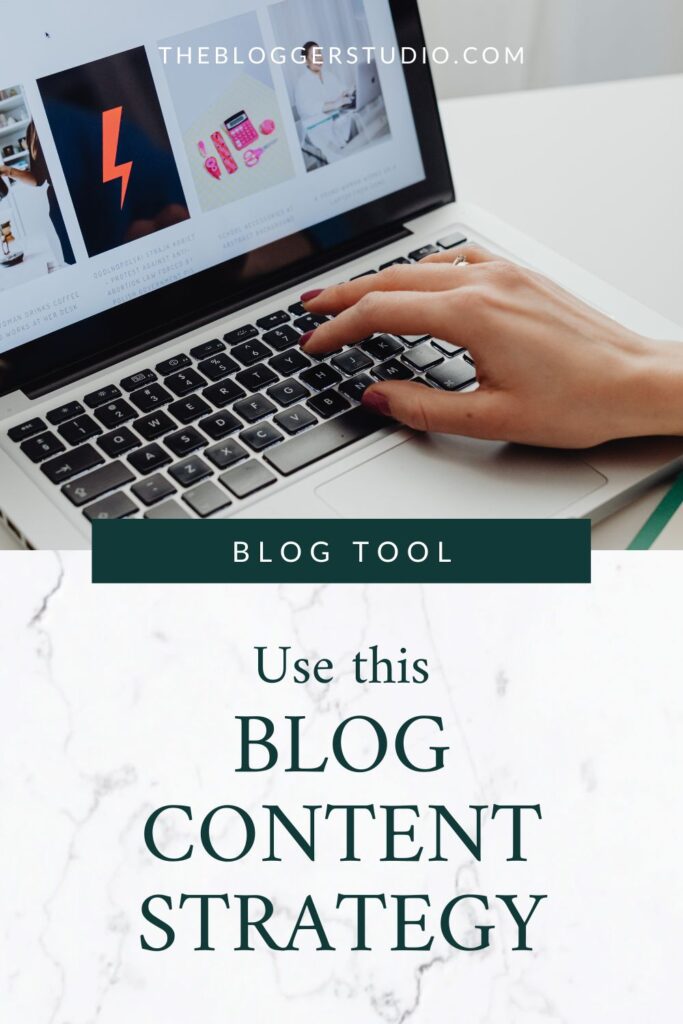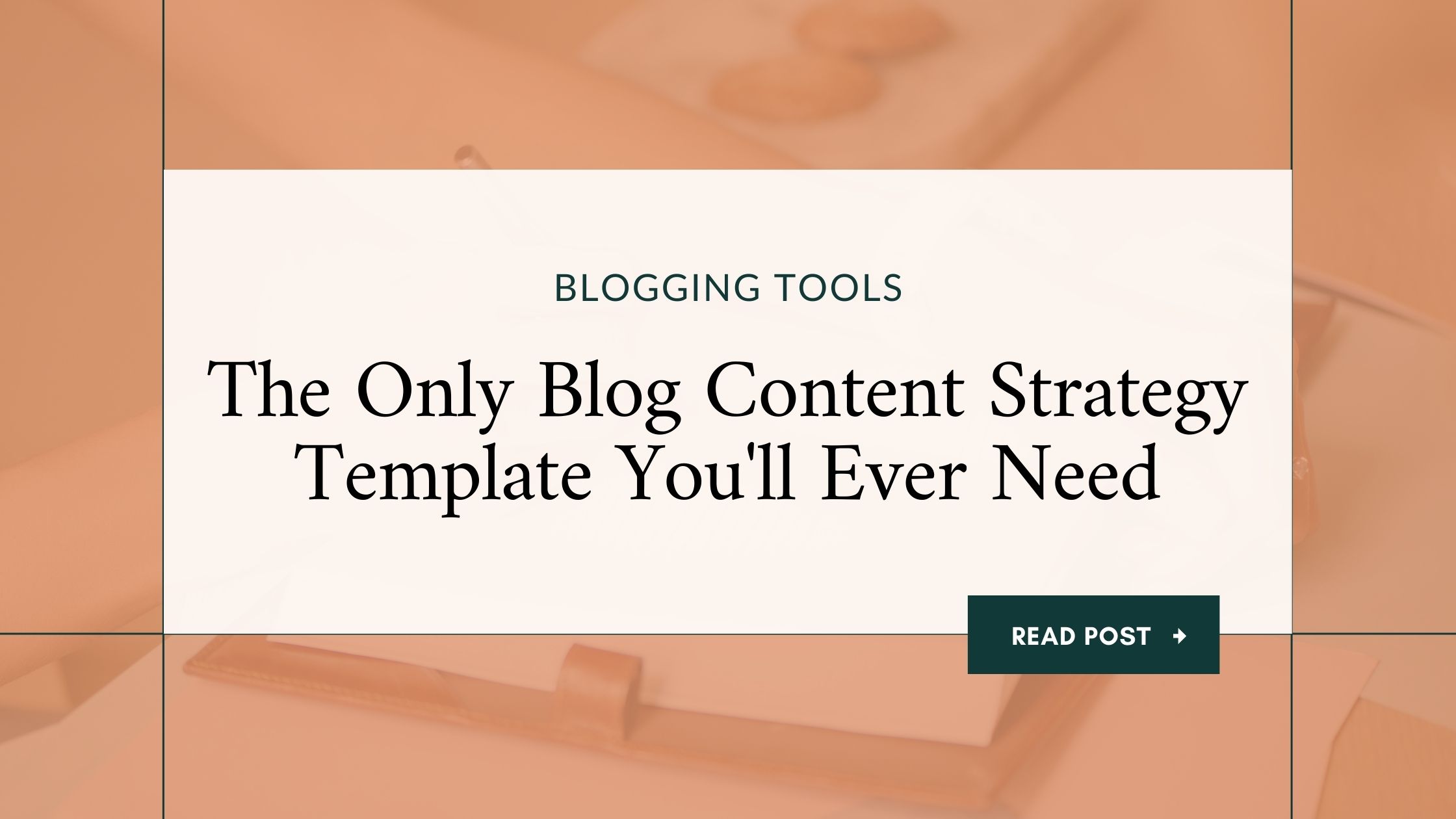Have you been struggling with content creation lately? If you have, then you’re in luck! In this article, I’m going to share with you my personal blog content strategy template that I use to plan all of my blog posts.
By the end of this post, you’ll have a clear idea of how to plan your own blog content so that you can start blogging with confidence!
Want to save this post for later? Pin the image below!

Affiliate Disclosure: This page contains affiliate links which means that if you click on the link and purchase the item, I will receive an affiliate commission at no extra cost to you. See my full disclosure policy here.
How Do I Create a Content Strategy for My Blog?
Step 1: Choose a primary keyword for each blog post.
Before you start writing, you need to decide what your blog post is going to be about.
Once you have a topic in mind, do some research to find a primary keyword that you can focus on throughout the post.
This will help ensure that your post is optimized for search engines and that people who are searching for information on that topic are more likely to find your post.
Bonus tip: To choose a primary keyword, try to think like your target reader. What is it that they would be searching for if they were looking for information on the topic of your blog post? Once you have a keyword in mind, enter it into a keyword research tool like Google Keyword Planner to get an idea of how many people are actually searching for that term.
Step 2: Come up with a catchy title.
Your title is what’s going to make people want to actually click on and read your blog post, so it’s important to make it interesting and eye-catching.
A good rule of thumb is to include your primary keyword in the title if possible, but don’t sacrifice readability for the sake of optimization.
Read More: How to Write Good Headlines For More Clickable Blog Posts
Step 3: Write an engaging introduction
The first few sentences of your blog post are crucial in hooking readers and convincing them to stick around until the end.
Again, including your primary keyword early on can be helpful from an SEO standpoint, but make sure that it flows naturally and doesn’t interrupt the flow of your writing.
Step 4: Flesh out the rest of your content.
The body of your blog post is where you really get into the meat of whatever it is you’re writing about.
Be sure to break up your text into shorter paragraphs so that it’s easy to read, and use subheadings sparingly so as not to interrupt the flow too much.
As you’re writing, keep your primary keyword in mind and try to work it into the text naturally where possible.
Step 5: Wrap things up with a strong conclusion.
End your blog post by summarizing the main points you covered and maybe even leaving readers with something to think about or look forward to in future posts.
If you want people to subscribe to your blog or follow you on social media, this is a great place to mention it!
Final Words
There’s no need to feel like you need to constantly be coming up with new ideas for blog content. With a little advance planning, you can easily have enough material on hand to last months (or even years!).
By following the steps outlined in this blog content strategy template, you can quickly and easily come up with compelling titles, engaging introductions, and well-crafted posts that will keep your readers coming back for more.
What are your thoughts on blog content strategy templates? Do you have any tips to add? Let me know in the comments below!
Choose a PIN to share!




Awesome tips! This is especially helpful for beginners. Thanks for sharing!